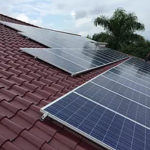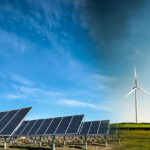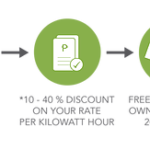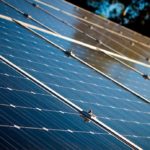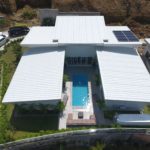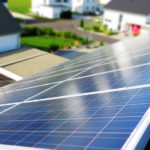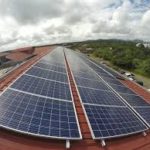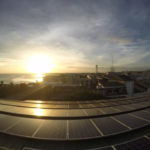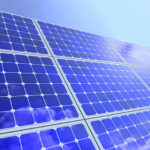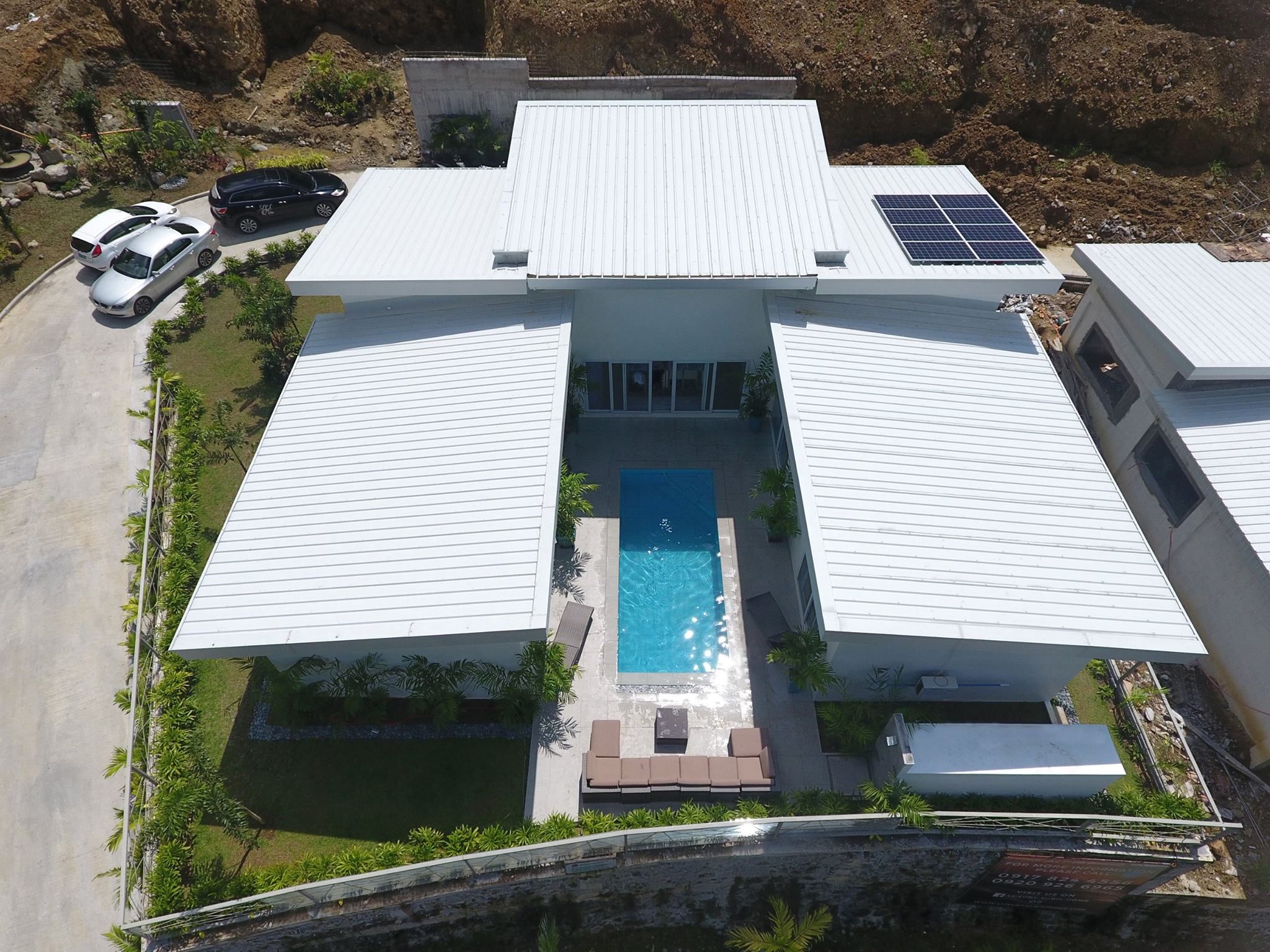
How to Buy Solar Panels in the Philippines: Introducing Solar
Why Solar?
For many years, solar energy was seen as new, untested, and expensive technology. Not without merit, this view on solar is rooted in its beginnings. The technology has changed drastically in the past three decades, and it has become both reliable and affordable. This short guide will discuss both the basics of solar and how to buy solar panels in the Philippines.
Here are some basic questions and answers:
Why do I want solar panels?
The simplest answer is because it will save money. Energy produced via solar technology is cheaper than energy produced by coal. This means once a solar photovoltaic (PV) system installed in a home or business building, energy savings will begin. On top of that, lessening the use of coal will benefit the environment.
Why doesn’t everybody have solar installed then?
Remember when the first personal computer was introduced? Nobody knew what they would need it for because they did not realise the potential of the product. This is similar to solar PV. the population is still getting used to the idea and understanding its benefits. After all, for generations, the world was raised to believe that energy and electricity had to be paid.
How much does it cost in the first place?
It really all depends on the energy needs. Here’s a concrete example using a typical home:
A typical family house has approximately two floors and around five bedrooms. Running the air-conditioner in all five rooms regularly would require a 5 kWp (kilowatt peak) solar PV system. This is an investment of approximately Php468,160.00 upfront. However, the system will help the household save approximately Php70,000.00 per year, which means that in less than six years the system pays for itself. Following that return on investment, the family gets to enjoy 100% of the energy savings for the next 20 years or more.
Would my solar pv system still be useful during rainy season?
Very simply put, solar panels work as long as it is bright outside. No, they do not work at night when the sun is down. That means that panels may not produce as much energy as sunny days, however it will still produce. The same happens on cloudy or overcast days. Assumptions regarding savings in question #3 are based on Philippines’ annual sun irradiation hours.
Here is another example:
365 days with rainy season solar savings – 15,104.43
365 days with perfect sunny weather solar savings – 135,939.87
At the end of the day, whether solar is really only expensive in terms of how much it can impact an electric bill, and given the standard payback period, it really is not. It must be said, however, that the quality of the components, the combination of the components and the installation will also play a role in the longevity of the system, which plays a role in how much money is saved.
Posted on July 25, 2018
This post was written by dev_ew7p1n
Category: Uncategorized
